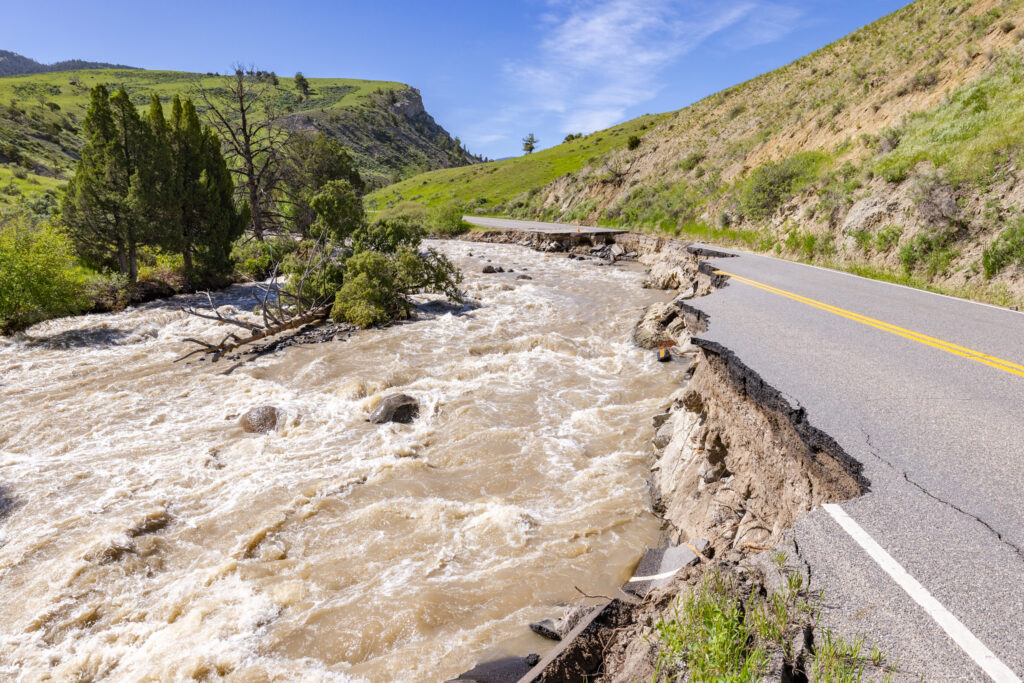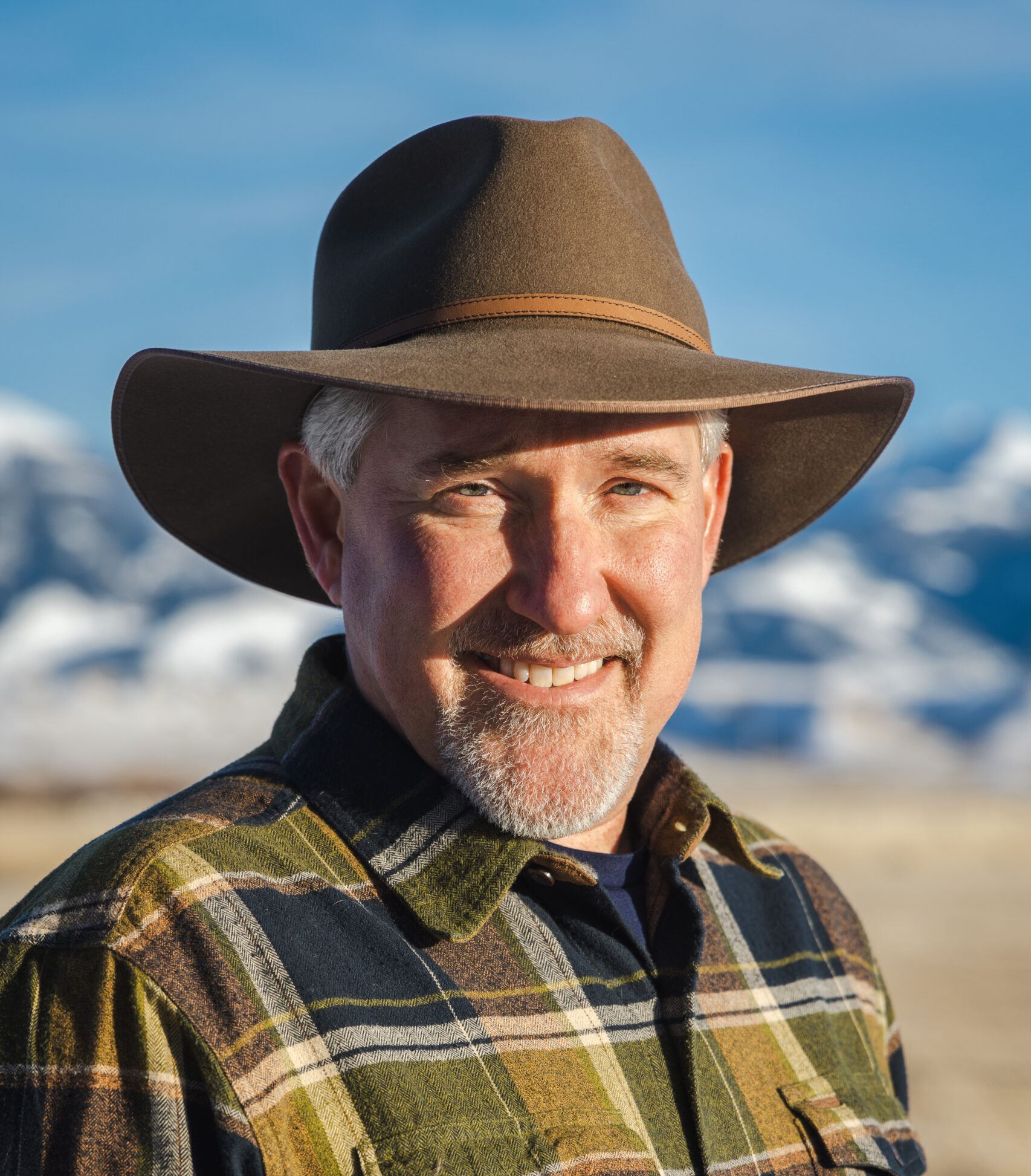This article was originally published in The Hill.
The historic 1,000-year flood that caused widespread damage in and around Yellowstone National Park was truly unprecedented. Floodwaters wiped out bridges, washed away miles of roads and flooded or destroyed hundreds of homes in surrounding communities, leaving large portions of the park inaccessible to visitors.
It could not have come at a worse time, with the kickoff of the busy summer season underway and the park celebrating its 150th anniversary. All indications suggested another banner year for Yellowstone, on track to surpass last year’s record-setting 4.9 million visitors.
As nationwide news outlets and social media shared devastating footage of bridges and houses being carried away by raging currents, the gateway communities that depend on park tourism watched their livelihood slip away as well. Would-be visitors started canceling their reservations by the thousands.
Innovation is often born out of crisis. Recognizing approximately half of the park was off-limits and scrambling to salvage as many trips as possible, the park quickly formed a plan to manage summer crowds within its new limited footprint. But determining access to a national treasure is fraught with traps and pitfalls. For many visitors, a trip to Yellowstone is a once-in-a-lifetime experience. How do you decide who gets to enjoy the public lands that belong to us all?
Aware of the stakes, Yellowstone National Park Superintendent Cam Sholly announced a brilliantly simple plan to stagger entry based on license plates. Plates that end in an odd number can enter on odd days of the month, and vice-versa.
In an uncertain time, and when many visitors have long been looking forward to a bucket list trip to Yellowstone, the simple eloquence of this approach restores certainty. All visitors are guaranteed days in the park, and it’s easy to determine when they are. And local businesses and nearby attractions are already thinking about special offers for visitors on their “off” day, helping circulate the crowds and supporting local businesses who need the patronage.
Time will tell how the interim program plays out. The park may still end up implementing a reservation system if turnout overwhelms what they can accommodate. But the initial positive response by visitors and local businesses is encouraging, as is the creativity and innovation demonstrated by Sholly and his team.
Sholly’s quick-thinking and novel approach offers an important lesson for all national parks. Just like Yellowstone, visitor attendance is booming post-pandemic. Last year, 44 parks set attendance records. Arches National Park had to close 120 times due to crowding. Despite high gas prices and continued inflation, travel industry analysts are predicting that pent-up Americans are still eager to hit the road and get outside, with Expedia CEO Peter Kern telling Bloomberg, “Summer 2022 will be the busiest travel season ever.”
And while other parks aren’t clearing away washed out roads like Yellowstone, they have no shortage of repair work themselves. Last month, the Interior Department quietly acknowledged the National Park Service now faces a $22 billion deferred maintenance backlog. This figure ballooned 83 percent from the $12 billion reported just five years ago. Park visitors see the consequences firsthand in the form of dilapidated roads and bridges, failing wastewater systems, and closed trails and campgrounds.
Faced with high demand and a compromised visitor experience, several parks are experimenting with their own crowd management tools such as reservations and lottery systems. It’s not going to always be perfect on the first try, but commissioning long studies and drawn-out bureaucratic approvals aren’t the answer either. The interim Yellowstone plan came together in a matter of days.
Building on that initial success, we need to empower more of our park superintendents—who have the best knowledge about customer needs and on-the-ground priorities—to be responsive and adaptable the way any business owner would. There are countless opportunities around park entry fees alone, using market-based pricing to address park maintenance needs, crowding, and the overall visitor experience. And when local leadership is unshackled to make decisions about where to spend the revenues they generate, critical priorities will finally be addressed.
One thing is certain: big crowds aren’t going away any time soon. The National Park Service should look to superintendents on the ground and provide the flexibility to continue experimenting in all aspects of operation. Trusted to oversee some of our nation’s greatest natural wonders, it shouldn’t take a historic flood to get started.




